
Bruxism is the act of grinding teeth together using the jaw muscles. This can include the actions of clenching or striking the teeth together. Teeth grinding is well known among humans, but it can occur in dogs as well. Mild teeth grinding may not cause any issues, but frequent grinding or clenching of the teeth can lead to problems with the teeth and jaw.
Not all dogs grind their teeth. When they do, there are a few potential reasons why.
Many dogs will grind their teeth as a response to pain or discomfort. Dogs don't typically exhibit signs of pain the way humans do. Many dogs try to hide their pain by acting as normal as possible; this is part of their survival instinct. A small behavior like teeth grinding may be the only hint you have that there is something wrong in your dog's mouth.
Potential causes of oral pain include periodontal disease, rotten teeth, oral infections, fractured teeth, injury to the oral mucous membranes or tongue, and oral growths or tumors. Some puppies will grind their teeth while they are teething or when there is a loose tooth. Fortunately, most puppies grow out of the behavior once their adult teeth have come in.
A malocclusion occurs when there are misaligned teeth preventing the jaws from closing the teeth together properly and evenly. In dogs, it is sometimes called an "abnormal bite" and may be seen as an underbite or overbite. Malocclusions cause the teeth to grind against other teeth involuntarily as a part of normal mouth movement.
Just like oral pain can make some dogs grind their teeth, pain or discomfort in the esophagus, stomach, or intestines can do the same. Teeth grinding in response to pain may be a way for dogs to self-soothe or distract from the pain.
Stress and anxiety are leading causes of bruxism in humans. In dogs, this reaction to anxiety and stress is less common but can still occur. This type of teeth grinding may happen unconsciously while dogs sleep. Some dogs may have focal seizures where the only thing noticed is teeth chattering.
Mild, infrequent teeth grinding may not cause problems in a dog. However, over time, grinding the teeth can cause significant wear to the tooth enamel and dentin. Once worn down enough, the teeth may become severely painful and damaged. If the pulp inside the tooth becomes exposed, the dog may develop a serious infection.
You may not be aware of your dog's teeth grinding at first. The sound of it may be subtle or it may sound like chattering or grinding. You may or may not see the movement of the jaw muscles and mouth unless you look very closely.
Do not ignore teeth grinding in your dog, even if it seems mild. If you notice signs of teeth grinding in your dog, be sure to contact your veterinarian's office to schedule an appointment. The vet will evaluate your dog's mouth and do a physical examination to look for an underlying cause.
Your vet will likely recommend lab tests or imaging to evaluate your dog's organ function and overall health. These tests may reveal underlying conditions that might be causing the bruxism. In addition, they can help your vet determine the safest methods to use for anesthesia, sedation, pain management, and other therapies.
Based on the exam findings, your dog may need an oral examination and professional dental cleaning to determine the extent of the damage and/or begin treatment. Your dog will be put under anesthesia and the teeth will be closely examined. Dental radiographs (X-rays) may be performed to assess the teeth and jaw.
If your vet determines that the teeth grinding is not related to a health problem, then there is a chance your dog is experiencing anxiety or stress. Your vet may be able to offer advice on how to ease your dog's stress using environmental changes, medications, and behavior modification. You may wish to seek help from an animal behaviorist or dog trainer to help you work with your dog.
You may be able to prevent the harmful effect of teeth grinding if it is caught early. Be sure to bring your dog to the vet for routine wellness visits as recommended, usually once or twice a year.

Cute Pictures & Facts About Calico Cats & Kittens
Learn fascinating facts about calico cats, including photos, the genetics behind this color combination, and common folklore and traditions.
How to Prevent Cat Separation Anxiety During Vacations
Discover why cats develop litter box problems and cat behavior problems when you go on vacation and what you can do about it to help them.
Cat Behavior Changes That Might Mean Something's Wrong
Cats' behavioral changes may indicate problems—or they may mean nothing at all. Explore causes of odd behavior and what to do about them.
Lhasa Apso: Dog Breed Characteristics & Care
The Lhasa apso is an ancient breed from Tibet that was bred to be a watchdog. Learn about its history, health, exercise needs, and more.
Reasons Why Dogs Run Away and How to Stop It
Dogs can escape, especially if they’re bored and not properly contained. Here are some techniques for stopping your dog from running away.
Can Dogs Get Depression? How to Help Your Sad Dog
Can dogs get depression? Learn about the signs of depression in dogs and find out how to help your sad dog.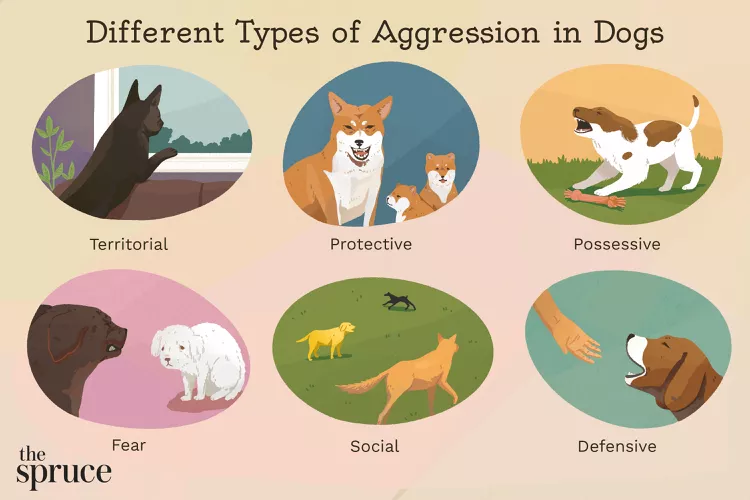
How to Stop Aggression in Dogs
Dog aggression can be a serious behavior issue for pet owners. Learn how to stop aggression in dogs before someone gets hurt.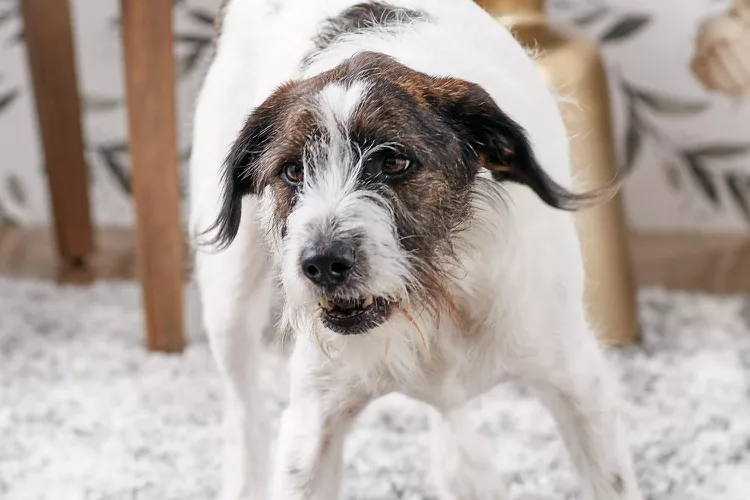
How to Stop Your Dog From Growling
A growling dog can soon become even more aggressive. Reduce the noise and potential for a dangerous situation with some of these techniques.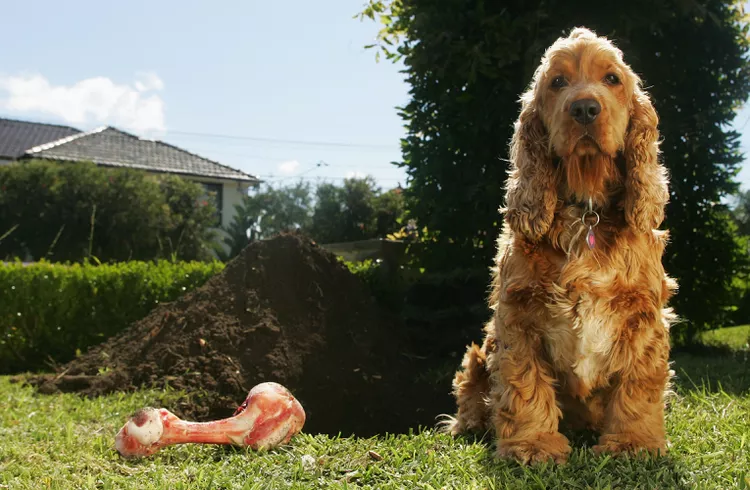
Why Do Dogs Dig Holes? How to Stop Your Dog from Relandscaping Your Yard
Dogs have been digging holes for centuries and for many reasons. Whether they’re bored or want to cool off in the dirt, here are the top reasons why dogs dig holes.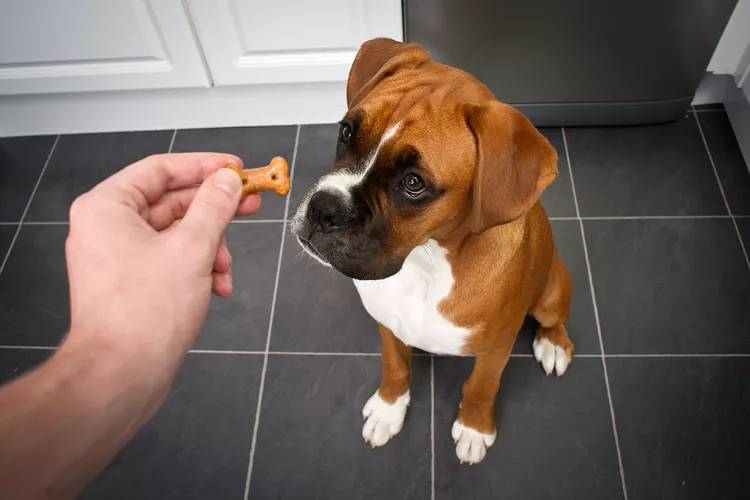
Dog Treat Varieties
Learn about the different types of dog treats on the market and decide which are best for your dog.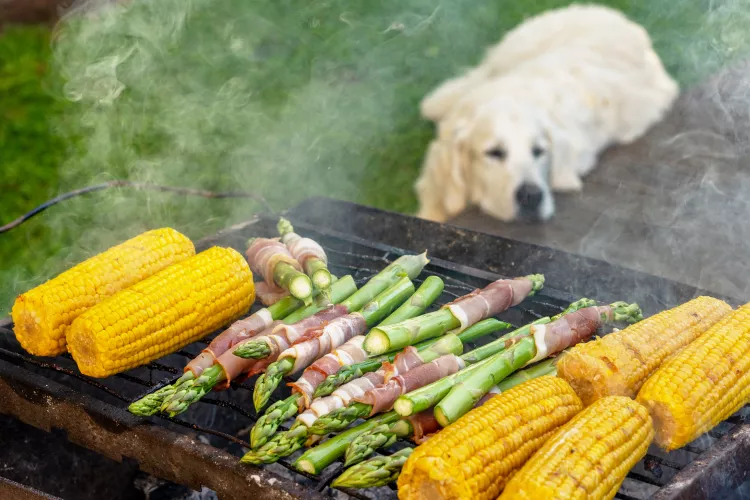
Can Dogs Eat Asparagus?
Dogs can eat asparagus, provided the vegetable is cooked plain and cut up for them. Seasonings, salt, and butter make it unhealthy for dogs.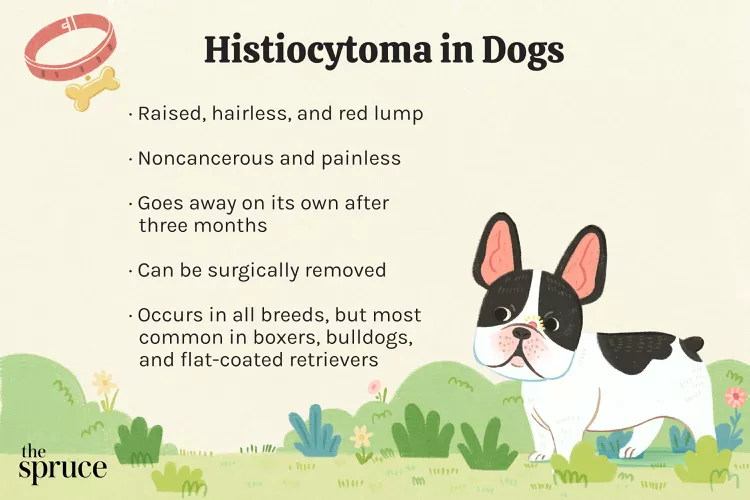
Histiocytomas in Dogs
A histiocytoma is a type of benign (non-cancerous) skin lump that usually affects young dogs. Learn the causes, treatment, and prevention.
Why Is My Dog’s Eye Swollen?
If your dog's eye is swollen, she may need veterinary attention. The inflammation could be caused by allergies, an injury, or even a tumor.
Common Bugs and Parasites Found on and Inside Dogs
Learn about common types of parasites in dogs. Find out how to treat and prevent parasites to keep your dog, your family, and yourself safe.
Exploring the Different Types of Pet-Friendly Beaches
Are you looking for pet-friendly beaches? Learn about the different types of pet-friendly beaches, their locations, and tips for visiting them with your pet.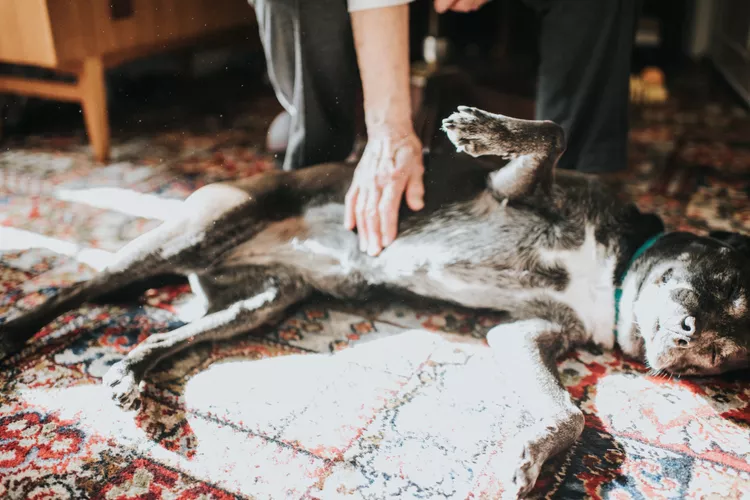
10 Obscure, Little-known Canine Facts in Honor of National Dog Day
With National Dog Day upon us, it's time to celebrate everything about our favorite pets—even the weirder stuff. Here are 10 obscure facts about dogs you probably didn't know.
Kitten Development From 3 to 6 Months Old
Kittens grow and change a lot during their first year. Find out what happens between the ages of three months and six months old.
95 Siamese Cat Names
Our list of Siamese cat names has diverse and fun options to help you choose the ideal moniker for your elegant and lovable feline companion.
What to Buy for Your New Cat: A List of Essentials
Before you bring your new cat or kitten home, there are a number of things to collect or buy so your cat will feel welcomed like a family member.
The 6 Best Cat Nail Clippers of 2024 for a Safe Trim
Clipping your cat's nails can save your furniture and keep your kitty comfortable. We asked veterinarians for their cat nail clipper recommendations.